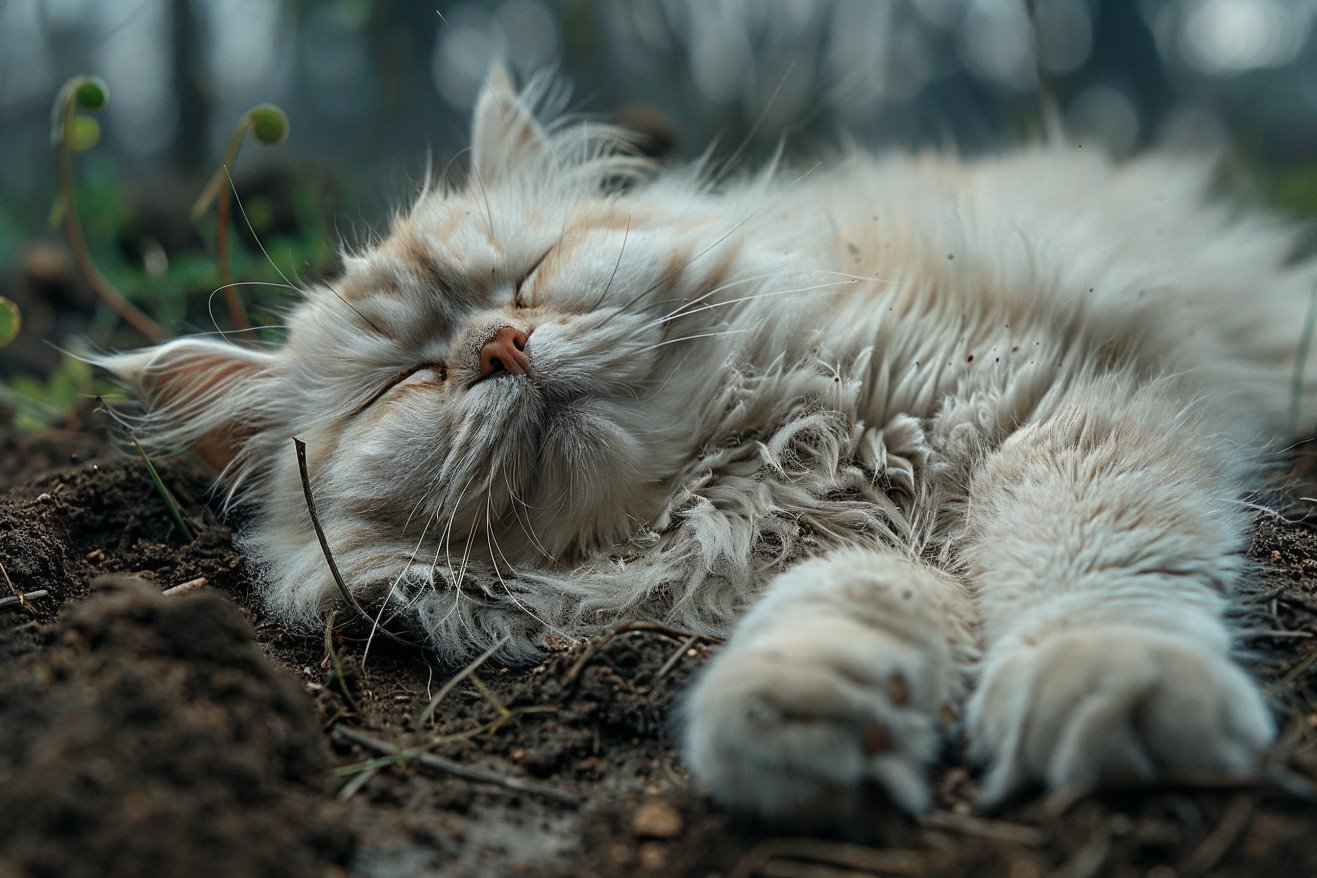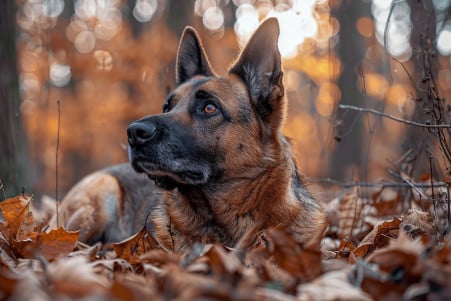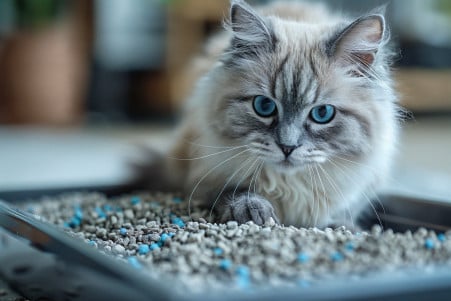Dirt-Rolling Cats: Evolutionary Insights into Feline Behavior
4 May 2024 • Updated 3 May 2024

Why do cats insist on rolling around in the dirt, leaving pet owners scratching their heads and reaching for the lint roller? Cats' rolling behavior is a product of their wild heritage, and it helps them pick up scents that can help them hide from prey, acts as a dust bath for grooming, and helps them mark their territory with pheromones from their scent glands.
Drawing on studies from animal behaviorists and zoologists, we'll explore the evolutionary reasons behind this strange feline behavior. This knowledge will not only explain why cats do what they do but also provide insight into their natural behaviors and the incredible ways they've evolved to survive in the wild for millions of years.
Why do cats roll in dirt?
Cats' Physical Health
There are a few ways that rolling in dirt can benefit a cat's physical health. According to WikiHow, the dirt and bacteria can help restore healthy gut bacteria that aids in digestion. The dirt's texture can also help cats find relief from skin conditions and allergies, as mentioned by Hepper.
On hot days, Furrly Pet says that rolling in cool dirt can help cats cool down and stay comfortable, especially those with long, thick coats. For female cats in heat, the rolling behavior can help them attract mates by spreading their scent, according to WikiHow.
Although it may seem gross to humans, letting cats roll in the dirt every once in a while can be good for their health. As WikiHow explains, frequent bathing can remove the bacteria that cats need, so dirt can help them restore it. While rolling in the dirt can be a hassle for pet parents, it's an instinctual behavior that can help cats maintain their health and well-being.
Potential Dangers and How to Protect Dirt-Rolling Cats
While dirt-rolling is mostly safe, it can potentially put cats in harm's way. According to Catster, dirt-rolling can result in exposure to parasites, toxins, or sharp objects that could be dangerous to a cat's well-being. As mentioned by the Leon Valley Veterinary Hospital, pet parents should be aware of the places where their cats are rolling and avoid areas that have chemicals, pesticides, or other toxic substances.
Too much dirt-rolling can also be a sign of an underlying medical problem, like allergies, infections, or poor grooming. According to Rover, pet parents should take their cats to the vet if they notice any of the following symptoms: redness, bald spots, scabs, or a change in behavior. To help prevent too much exposure to dirt and the problems that can come with it, pet parents should make sure to groom their cats regularly, give them access to shade and water, and limit the amount of time they spend outside.
How to Groom and Bathe a Dirty Cat
The RSPCA Pet Insurance explains that regular grooming and brushing can help remove dirt and other debris from your cat’s coat, which can help reduce the need for baths. However, if a bath is necessary, the Catster article advises using a pet-safe, hypoallergenic shampoo and making sure to rinse your cat thoroughly to prevent any shampoo residue from being left behind.
If you’re dealing with a specific area of your cat’s coat that’s dirty, the Catster article explains that you can use pet-safe wipes or a damp cloth to spot clean your cat without giving them a full bath. After bathing or spot cleaning, the RSPCA Pet Insurance stresses the importance of detangling and brushing your cat’s coat to prevent matting and ensure that their coat stays healthy.
Starting grooming practices when your cat is a kitten can help them get used to the process and make it easier for you to groom and bathe them, according to the RSPCA Pet Insurance. However, with the right products and a little patience, you can help your cat who loves to roll in dirt keep their coat clean and healthy.
Psychological Reasons for Dirt-Rolling
Dirt-rolling may be a way for cats to get attention or show that they are happy and relaxed, according to theories about why cats roll in dirt. It may also be a sign of submission, especially when done in front of other cats or potential mates, according to research cited in the same article.
For some cats, dirt-rolling may be a form of play or a reaction to catnip, as mentioned in Why Do Cats Roll In Dirt? – Soul Carbon. Stress or anxiety may also lead to more dirt-rolling as a way to self-soothe, according to the same article.
The situation and other behaviors that occur at the same time can help determine the psychological reasons behind a cat's dirt-rolling. This information can help cat owners better understand and manage any issues that may arise from this natural cat behavior.
When to Talk to a Professional About Excessive Dirt-Rolling
While some dirt-rolling is normal, excessive or obsessive behavior may be a sign of an underlying medical problem. According to Rover, signs that may indicate a problem include increased vocalization, bleeding, straining, constipation, or loss of appetite when rolling. Holistic veterinarian Dr. Candy Akers says that nerve damage can be painful and disorienting for cats, leading to episodes of rolling and crying out in pain.
If your cat suddenly starts rolling in the litter box or has a sudden change in litter box habits, it may also be time to see a vet, according to Catster. Dr. Akers explains that pruritus, or itchiness, can cause cats to roll around excessively as they try to relieve the feeling.
If your cat's dirt-rolling is accompanied by other symptoms or if it's a change from their normal behavior, it's best to talk to a vet. In some cases, medication or behavioral modification may be needed to treat the underlying cause of the behavior.
Conclusion: Understanding and Accepting Your Cat's Dirt-Rolling Behavior
Although it may be hard for humans to understand, rolling in dirt is a completely normal and instinctual behavior for cats. This strange behavior has a number of evolutionary benefits, including helping with grooming and thermoregulation, as well as marking territory and attracting mates. Knowing why cats roll in dirt can help cat parents understand and even accommodate this behavior.
By doing so, cat parents can make sure their cats can roll in dirt in a way that's safe and healthy. After all, part of the fun of living with cats is learning to accept and even celebrate their quirks.


